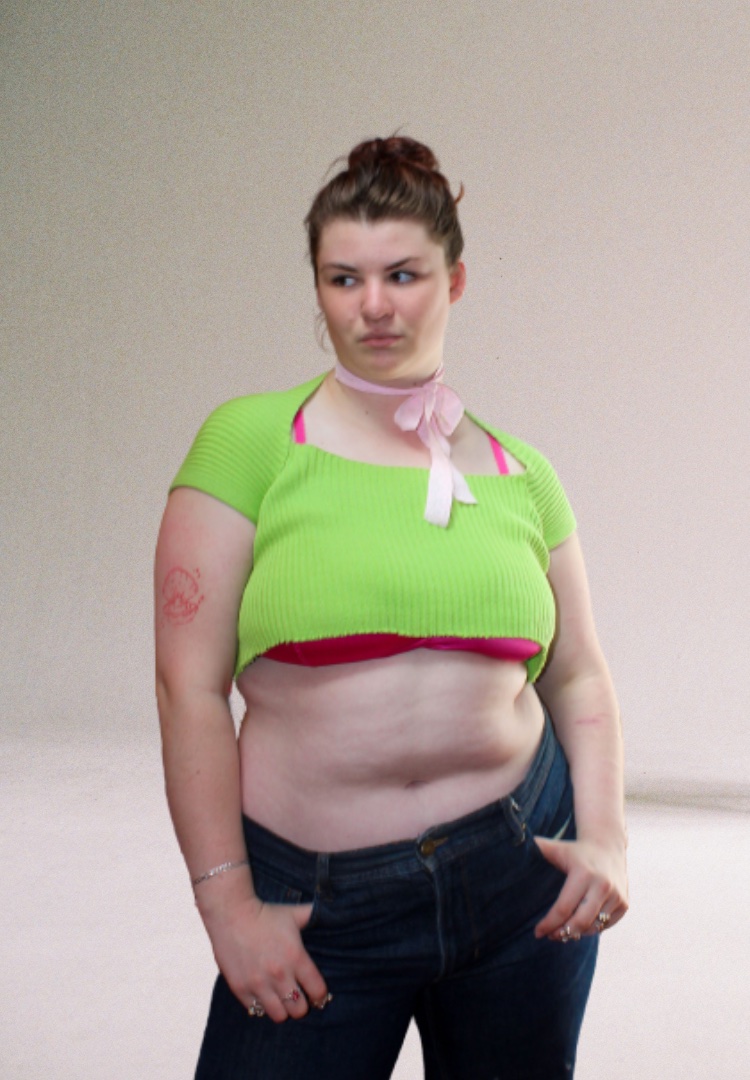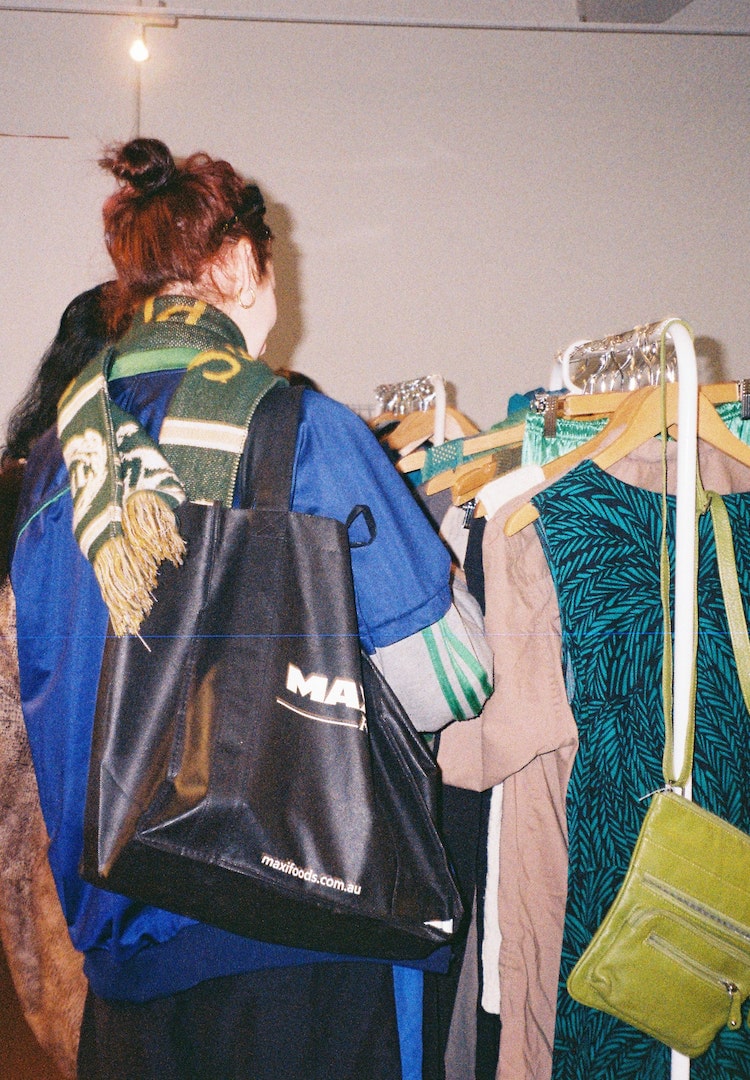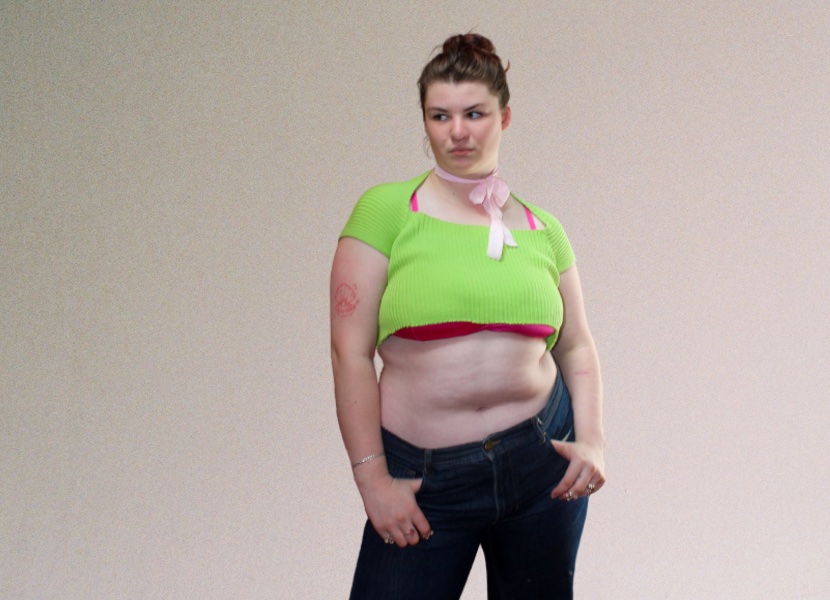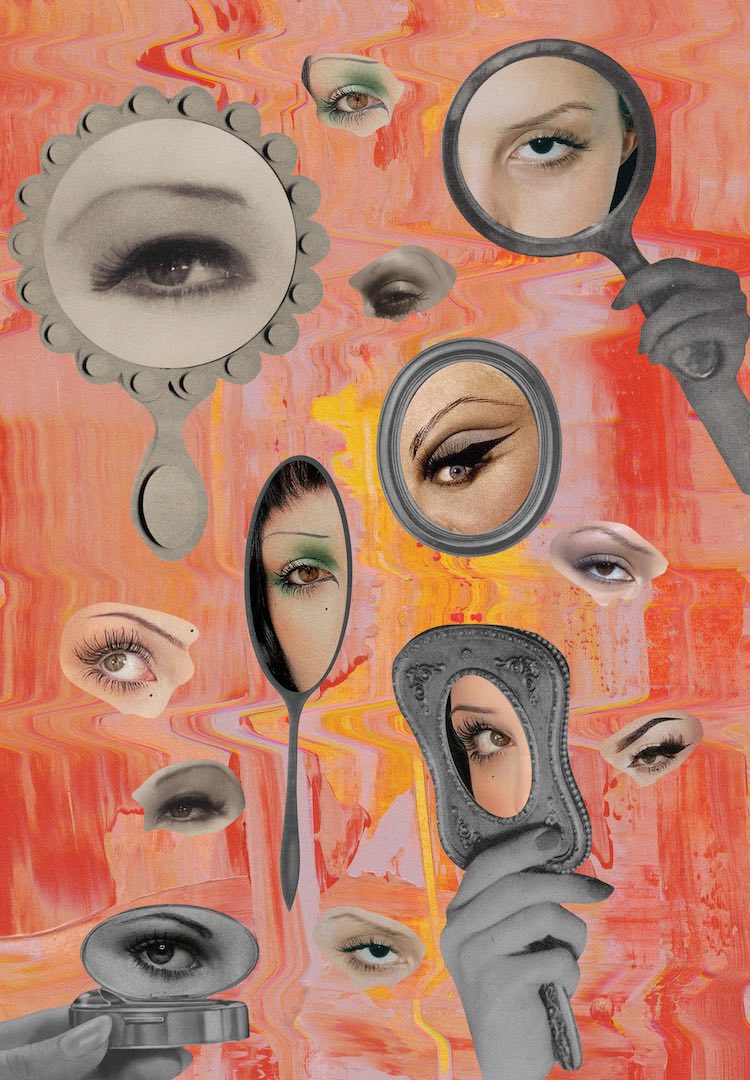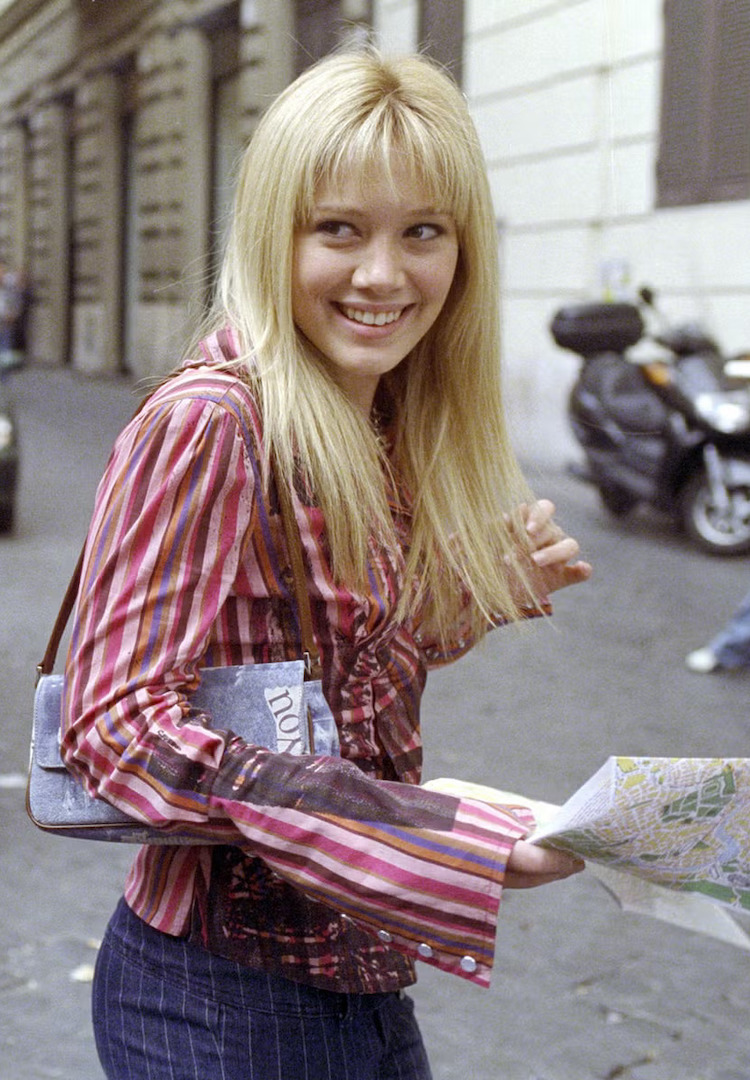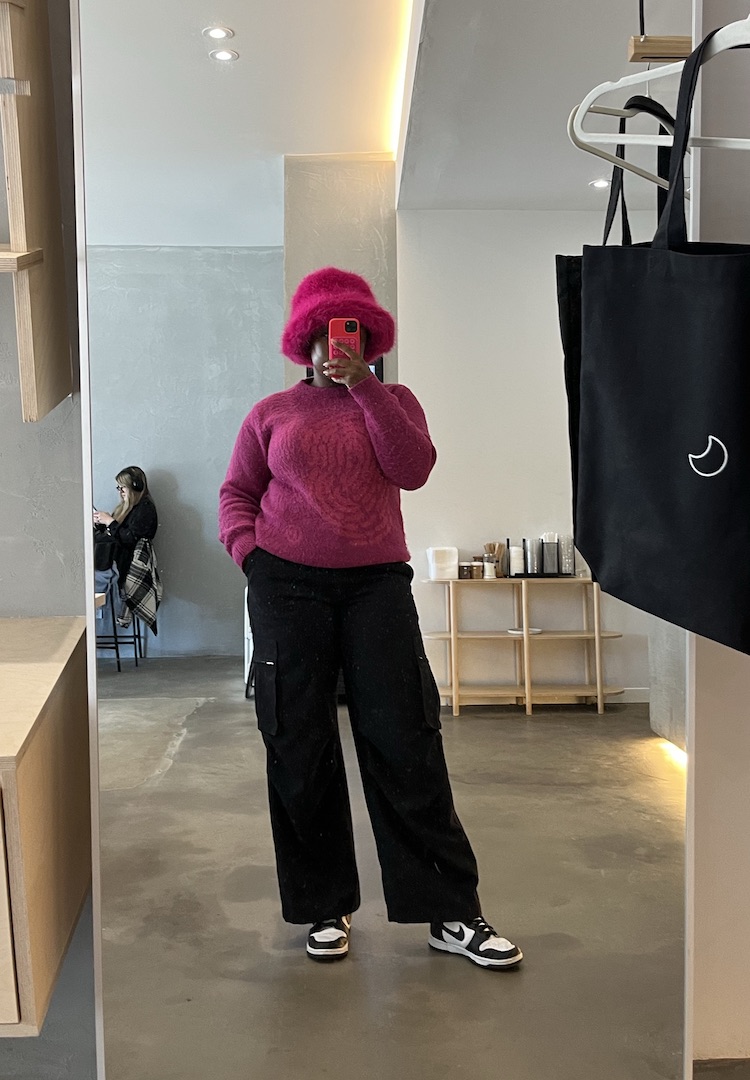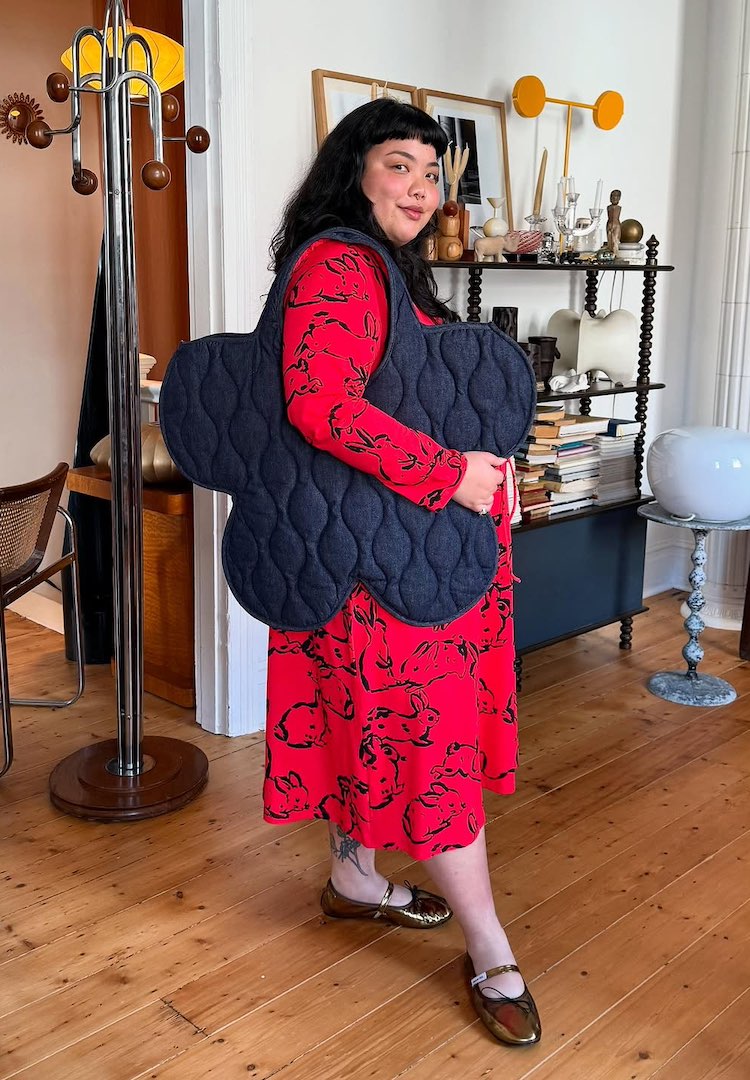Not a fashion accessory: How I learnt to embrace my non-flat stomach
WORDS BY CAT FORSYTH
“The inclusion of larger figures in the media is one of the big issues the fashion world is grappling with.”
Content warning: This article discusses eating disorders.
From a very young age, I was obsessed with fashion. This coincided with the inception of home internet, and I remember taking possession of the shared Dell laptop to consume style content as often as I could. I browsed websites like Style Rookie, spent hours clicking through Google Images to see what my fashion icons were wearing, and played every dress-up/makeover game I could find (remember Barbie games?).
I was engrossed in the glamour of the women I saw on the red carpet or strutting down the streets of Paris and New York. I soaked it all in, reflecting on my favourite outfits and wondering which dress I would wear if I was ever lucky enough to have the opportunity.
For more style inspiration, head to our Fashion section.
As my fashion craze continued on into my early teens, I was noticing something else: flat stomachs were ‘in’. Whether it was a Kate Moss-type of skinny or a Kim Kardashian-style ‘curvy’, a bare, toned midriff was the perfect addition to any outfit. When I cast my mind back, I can think of infinite examples of outfits that emphasised a flat stomach from the last two decades. Kiera Knightly’s toned abs come to mind, as she flaunted them on the red carpet in a pair of low-rise jeans in 2003.
Paris Hilton’s ethos was basically founded upon being hot and skinny, and her iconic staple was a miniskirt that was barely modest enough to wear in public. As she once said, “Skirts should be the size of a belt”. The infamous green Versace dress, worn by Jennifer Lopez (the one that practically broke the internet and birthed Google Images at the same time), featured a plunging neckline that stopped below the belly button.
While I have no problem with women baring their stomachs – in fact, I love to see people embracing their bodies – I can’t help but notice there’s always been something missing from the fashion scene. When I reflect on the fashion content I’ve been consuming for more than 16 years, I can’t recall an iconic look that involved someone with a stomach that wasn’t flat.
I didn’t start to pick up on this subtle form of ‘erasure’ until I began to face my own history with my body and the way I viewed myself. Growing up with an eating disorder led me to come to some pretty weird conclusions about the way I looked and what that said about me as a person. I glorified the idea of being skinny, centring my world around the disordered thoughts that consumed me.
A flat stomach was the only acceptable body type – the way I could be perceived as ‘worthy’. I was a young girl with a slim build and combined with my unhealthy behaviours (and a lot of dancing), I maintained a fairly toned figure. So after entering recovery from my eating disorder – when my body no longer matched my beliefs of what beauty looked like – I needed to reevaluate my values. So I began to look outside of myself to find a way to accept (maybe even love) my body.
But when I looked to the internet to find other people’s takes on how the flat stomach is used in fashion, the primary results were focused on ‘how to make your stomach look flat in a dress’ and ‘best shapewear to flatten tummy’. It wasn’t exactly what I was looking for. This is a case in which social media can actually be helpful, as individuals can use their platforms to speak out on issues like inclusivity in the media.
View this post on Instagram
There are definitely people out there who want to diversify fashion, and I’ve seen many women try to destigmatise big tummies on social media. I really began noticing this movement when the ‘is it a fit or is she just skinny’ trend (popularised by creators like Brooklyn Dallen) went viral on Tiktok. This consisted of women who are mid to plus-size recreating outfits worn by skinny models or influencers, like Bella Hadid and Emma Chamberlain. It assessed whether the outfit was praised when worn by a bigger body like it was on the original wearer.
This trend might seem like a swipe at people with flat stomachs, but the rationale behind it is well-intentioned. Women in bigger bodies have typically been shamed for their appearances, and only in recent years has it become acceptable to have a plus-sized body in fashion. The inclusion of larger figures in the media is one of the big issues the fashion world is grappling with. Although the beauty standard is slowly changing, there is a lot more that needs to be done.
I’m finally beginning to grow comfortable with the idea of wearing low-rise clothes. I think it can be really fun and sexy on others (no matter their shape or size), and I’m slowly starting to love the look on myself too. Becoming confident in the body I’m in has changed my outlook on life immeasurably. My days are no longer spent wishing I could shrink, clothes shopping is fun again (as it should be!) and I’m infinitely happier on the inside. And as an added bonus, I think I look pretty hot.
For more on body neutrality in fashion, head here.


